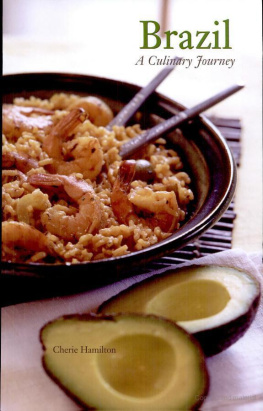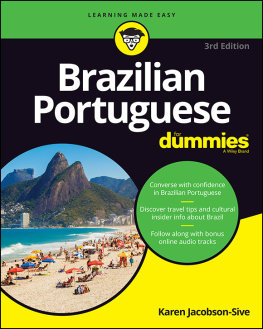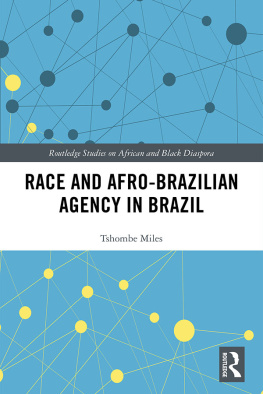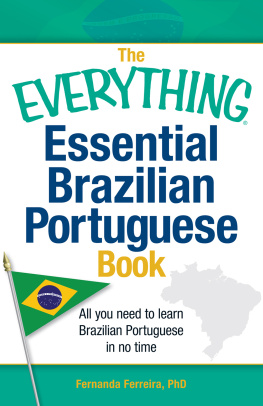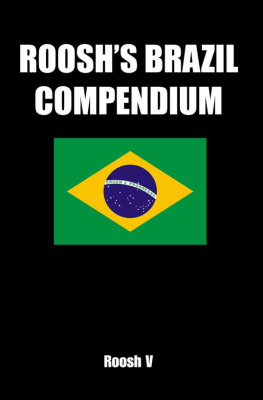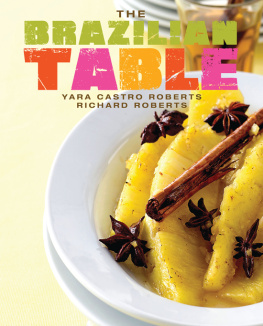Table of Contents
The Hippocrene Cookbook Library
Afghan Food & Cookery
African Cooking, Best of Regional
Albanian Cooking, Best of
Alps, Cuisines of The
Aprovecho: A Mexican-American Border Cookbook
Argentina Cooks!, Exp. Ed.
Austrian Cuisine, Best of, Exp. Ed.
Bolivian Kitchen, My Mothers
Burma, Flavors of
Cajun Women, Cooking with
Calabria, Cucina di
Caucasus Mountains, Cuisines of the
Chile, Tasting
Colombian Cooking, Secrets of
Croatian Cooking, Best of, Exp. Ed.
Czech Cooking, Best of, Exp. Ed.
Danube, All Along The, Exp. Ed.
Dutch Cooking, Art of, Exp. Ed.
Egyptian Cooking
Filipino Food, Fine
Finnish Cooking, Best of
French Caribbean Cuisine
French Fashion, Cooking in the (Bilingual)
Germany, Spoonfuls of
Greek Cuisine, The Best of, Exp. Ed.
Gypsy Feast
Haiti, Taste of, Exp. Ed.
Havana Cookbook, Old (Bilingual)
Hungarian Cookbook
Icelandic Food & Cookery
India, Flavorful (Gujarati)
Indian Spice Kitchen
International Dictionary of Gastronomy
Irish-Style, Feasting Galore
Italian Cuisine, Treasury of (Bilingual)
Japanese Home Cooking
Korean Cuisine, Best of
Laotian Cooking, Simple
Latvia, Taste of
Lithuanian Cooking, Art of
Macau, Taste of
Middle Eastern Kitchen, The
Mongolian Cooking, Imperial
New Hampshire: from Farm to Kitchen
New Jersey Cookbook, Farms and Foods of the Garden State:
Norway, Tastes and Tales of
Persian Cooking, Art of
Pied Noir Cookbook: French Sephardic Cuisine from Algeria
Polands Gourmet Cuisine
Polish Cooking, Best of, Exp. Ed.
Polish Country Kitchen Cookbook
Polish Cuisine, Treasury of (Bilingual)
Polish Heritage Cookery, Ill. Ed.
Polish Traditions, Old
Portuguese Encounters, Cuisines of
Pyrenees, Tastes of
Quebec, Taste of
Rhine, All Along The
Romania, Taste of, Exp. Ed.
Russian Cooking, Best of, Exp. Ed.
Scandinavian Cooking, Best of
Scottish-Irish Pub and Hearth Cookbook
Sephardic Israeli Cuisine
Sicilian Feasts
Smorgasbord Cooking, Best of
South African Cookery, Traditional
South American Cookery, Art of
South Indian Cooking, Healthy
Sri Lanka, Exotic Tastes of
Swedish Kitchen, A
Swiss Cookbook, The
Syria, Taste of
Taiwanese Cuisine, Best of
Thai Cuisine, Best of, Regional
Turkish Cuisine, Taste of
Ukrainian Cuisine, Best of, Exp. Ed.
Uzbek Cooking, Art of
Vietnamese Kitchen
Warsaw Cookbook, Old
Copyright 2005 Cherie Hamilton.
All rights reserved.
Book and jacket design by Acme Klong Design, Inc.
Cover photography by Madeline Polss.
All other photography by Kats Barry.
Illustrations by Russell Malcolm Hamilton.
For more information, address:
HIPPOCRENE BOOKS, INC.
171 Madison Avenue
New York, NY 10016
ISBN 0-7818-1080-9
Cataloging-in-Publication Data available from the Library of Congress.
Printed in the United States of America.
Preface
As I note in the preface to my Cuisines of Portuguese Encounters (Hippocrene Books, 2001), in 1960 I journeyed to Brazil for the first time. The intent was to spend one year there with my husband, at the time a graduate student Fullbright fellow, and our three-year-old daughter. We ended up staying for nearly three years. During that delightful extended stay, I became quite well acquainted with Brazilian cuisine. Although we lived in the city of Salvador in the state of Bahia, I was able to travel to other regions of that vast South American country.
So felicitous was my introduction to Brazilian cuisine that when I wasnt teaching math at the Pan American School and English as a second language, I was learning how to prepare dishes and researching the history of Brazils culinary traditions. Jorge Amado, one of Brazils most eminent novelists was so taken with my culinary interests that he aided me in my efforts and encouraged me to write a cookbook profiling the cuisine of his native Bahia.

What finally resulted some four decades later was the publication of Cuisines of Portuguese Encounters, which encompasses the Portuguese-speaking world, including Brazil. Sabores da lusofonia. Encontros de Culturas: Angola; Brasil; Cabo Verde; Goa; Guin-Bissau; Macau; Moambique; Portugal, Aores e Madeira; So Tom e Prncipe; Timor Leste, (Flavors of the Lusophone World. Cultural Encounters: Angola; Brazil; Cape Verde; Goa; Guinea-Bissau; Macao; Mozambique; Portugal; Aores and Madeira; So Tome and Prncipe; and East Timor) published in April 2005, is a Portuguese language version of this book. Brazil: A Culinary Journey which encompasses the countrys five regions, does in a way follow Jorge Amados recommendation in that the late, great writer planted the seed that resulted in this cookbook.
Later I spent a year in Portugal and then in the former Portuguese colonies in Africa and learned that many of the dishes we know today as Brazilian have continental Portuguese, African, and Asian origins. I also learned that native Brazilian agricultural products and foodways had left their mark on the dishes and alimentary habits of Portugal and its former African and Asian colonies and territories. Portuguese navigators and adventurers served as intermediaries for the spread of New World as well as European, African, and Asian crops, culinary practices, and recipes throughout their empire as well as to other parts of the world.
I have been fortunate in having had the opportunity to visit Brazil on numerous occasions over the decades. During these visits I have continued my research on the nature and history of Brazilian cuisine.
Over these forty years so many have aided me that it would take several pages just to list them by name. Needless to say, I am extremely grateful to all those who helped make this book possible. In the brief remarks that precede many of the individual recipes brought together in this volume I do refer to those who played especially key roles by introducing me to or teaching me how best to prepare a given dish.
In these prefatory remarks I would be remiss, however, if I did not acknowledge by name those key players as well as others not mentioned in the recipe lead-ins but who also contributed to the completion of this project. I owe a debt of gratitude to the late Waldeloir Rego, an esteemed friend and an expert on Bahian food culture who introduced me to the food of the Afro-Brazilian sects known as Condombl. A friend who taught me how to prepare many Bahian specialties is Veranbia Barbosa, owner of Nir, a wonderful health food restaurant in the city of Salvador. And Alcio, owner of Salvadors Maria Mata Mouro Restaurant also taught me how to prepare some local dishes. I would be remiss if I did not mention the late Norma Sampaio, who from 1960 to 1962 helped me to improve my Portuguese and who frequently invited me into her kitchen to learn how to make those dishes for which Bahia is so renowned.

